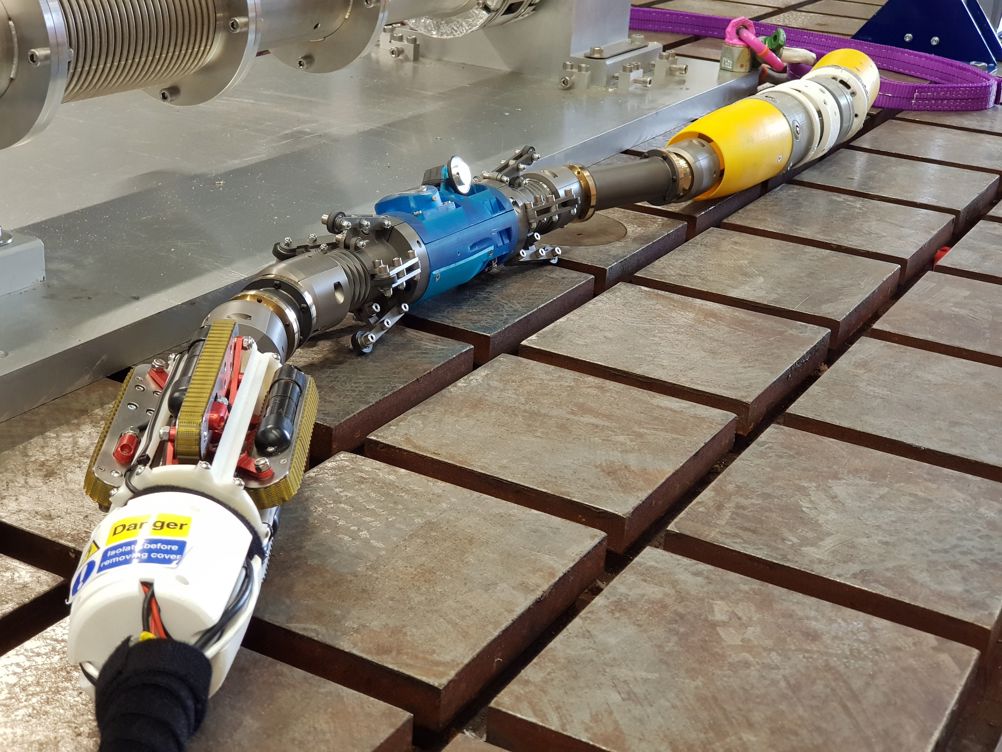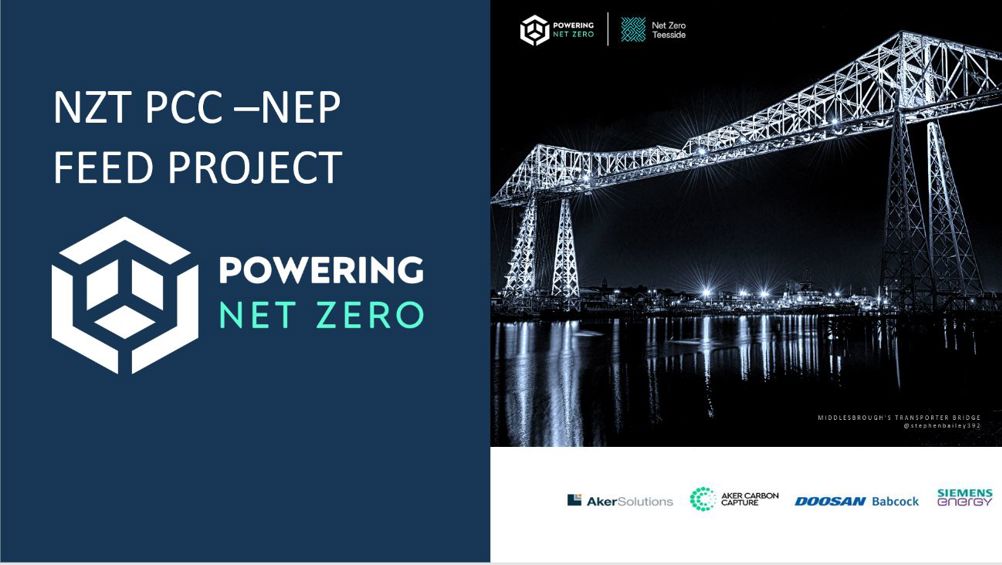Project: CHAMP - Clean Hybrid Alternative Marine Powertrain
Mathwall Marine with Purple Sector, University of Bath / IAAPS, Solis Marine, Ribs for Sale, Boat Club Trafalgar
CHAMP delivered a methanol fuelled, electric hybrid Rigid Inflatable Boat (RIB) that can run in several modes, including zero emissions, hybrid operation and methanol combustion. In EV mode, the demonstrator craft can travel up to 60 nautical miles with zero emissions. Running on methanol, its range extends to 300 nautical miles.
The project was established in order to showcase what is possible in the marine industry, a sector that is generally slow to adopt change, and one of the highest polluting transport segments. CHAMP’s primary benefit was to reduce 'well to wake' emissions by up to 67 per cent compared to gasoline. Initial savings from a 10-vessel fleet would total 104,350kg of CO2 per annum. The programme has demonstrated that through cross sector collaboration, it is possible to make transformational change with immediate impact.
Project: Roadvent - Capturing deadly exhaust fumes at the source, installed in the roadway
Pollution Solution Holdings with Purified Air, Hauraton, Cambustion, Moduflow, Wilde Analysis, Airflow Design Services, South Coast Science, UTAC Millbrook Proving Ground, MES International, Westcotec, HORIBA MIRA.
Roadvent was born from a desire to tackle road pollution at source, mitigating a problem that kills around 40,000 people each year in the UK alone. Installed in the roadway, the system sucks in exhaust fumes, passing them through a cabinet where a series of mesh, ESP, HEPA, activated carbon and impregnated carbon filters remove 99 per cent of contaminants.
Independent testing found that Roadvent successfully reduced roadside pollution levels by 91 per cent when measured at the height of a child's face and 81 per cent at a drive thru serving hatch. Whilst sales of new fossil fuelled vehicles will be banned from 2030, they will remain on the roads for many years after that, so mitigation of air pollution is an essential strategy to protect global health. What’s more, electric vehicles still produce harmful particulate emissions from brakes and tyres, so Roadvent could continue to play an important role through the EV transition and beyond.
Project: A better option for the geological disposal of high-level radioactive waste using very deep boreholes
University of Sheffield, Deep Borehole Disposal Research Group, with Marriott Drilling Group
This project outlined how new innovations combined with existing science could create a new technology for disposing of the UK's most difficult-to-deal-with waste stream – the high level waste (HLW) from 65 years of nuclear power generation and four decades of spent fuel (SF) reprocessing.
Current favoured plans for dealing with this waste involve a mined repository (or geological disposal facility, GDF) at a depth of 500-650m somewhere in the UK, to be delivered at a cost likely to end up in the tens of billions. Since as far back as 2008, the University of Sheffield's Deep Borehole Disposal Research Group (UoS DBD-RG) and Marriott Drilling have working on an alternative. Deep Borehole Disposal (DBD) would see radioactive waste packages encased at the bottom of 4-5 km deep, large diameter boreholes in appropriate geology. According to the project partners, the technology could dispose of the entire HLW inventory in 7 to 10 boreholes on a site smaller than three football pitches at a cost of less than £744 million.
Project: Robotic Snake
UK Atomic Energy Authority (UKAEA) with EUROfusion and TWI Ltd
Through close collaboration with EUROfusion and TWI Ltd, a team from UKAEA's fusion robotics centre, RACE, has designed and developed a robotic snake to allow remote handling teams to work safely and cost-effectively in challenging environments.

The snake will be deployed and operated remotely inside a hazardous environment without being touched by humans. It can also work effectively in pipes packed together, with little space for access. In fusion machines, pipework has to be connected and disconnected remotely because of the hazardous environment. Pipework in DEMO – ITER’s likely successor- is extra challenging because of the limited working space. RACE has been looking at different ways of tackling this problem and the robotic snake has now passed its first set of trials.
The development of the robotic snake is a great benefit to the DEMO project, as it solves a key challenge: how to make a remote connection in an area where there is no access. Now that DEMO designers know that a solution is available for this challenge, they can firm up their ideas for the layout and configuration of the pipework – an important step on the road to fusion energy.
Project: Mobile Autonomous Sort and Segregate System
Atkins, Cyan-Tec Systems, the Manufacturing Technology Centre (MTC) and Pajarito Scientific Corporation
The capability to be able to safely and accurately separate low level waste (LLW) from intermediate level waste (ILW) and increase recycling, is widely recognised as key to improving nuclear waste processing efficiency and dramatically reducing its cost and environmental impact. This collaboration saw the partners developing a 6-axis robotic arm for waste picking, equipped with a machine learning vision system, combined with radiometric and chemical characterisation.
Each new waste item is identified according to type and form using the vision system, and its position located. A suitable gripper is then selected, and a clear approach path identified. The item is grasped and lifted at a suitable point for loading and weighed, then moved to the monitoring station.
The system aims to reduce the cost of identifying and consigning waste to the most appropriate processing stream, minimising the volume of waste requiring expensive ILW storage. It prioritises recycling over disposal, accurately separates LLW from ILW, and measurably improves waste management efficiency and operator safety.
Project: NZT PCC-NEP FEED Project
Aker Solutions Ltd (UK), Siemens Energy, Altrad Babcock and Aker Carbon Capture
The Net Zero Teeside Power Capture and Compression (PCC) is a first-of-its-kind fully integrated gas-fired power and carbon capture project and a key part of Teesside’s plans to become the UK's first decarbonized industrial cluster. The project aims to provide dispatchable power to enable the deployment of renewable energy by delivering flexible, low carbon electricity generation to back up intermittent renewables.

NZT Power's proposed combined cycle gas turbine electricity generating station will have an electrical output of up to 750 megawatts (MW) of low carbon electricity, enough to power up to 1.3m homes per year, whilst capturing 2 million tonne of CO2 per year during Phase 1, and up to a total 10 million tonnes per year in subsequent phases.
Through the synergises created and collaboration across the partnership, new innovations have driven groundbreaking increases in carbon capture efficiency exceeding previous expectations. Dispatchable decarbonized power will support wind energy development, pave the way for job creation and leave a legacy of sustainable power production for future generations.
Project: FluRefin Carbon Dioxide Capture & Refining - HIGHLY COMMENDED
The University of Sheffield, AESSEAL Limited, BetterWorld.Solutions, SUSTAIN Manufacturing Hub
FluRefin is a step-change carbon capture technology, reducing the energy consumption of the process when compared to existing amine capture systems. The patent-pending technology can operate with a small footprint, incorporating electrical power and energy recovery.
Its pressure swing programming allows rapid CO2 refining from various emission sources with just a few minutes' cycle time. The system can be static or mounted on a trailer. These features mean the technology can be used on large scale emitters such as power stations, as well as in space limited industries such as SMEs and in urban areas where amine capture is not an option.
The technology is set to be used in the recently announced Flue2Chem project which will see a consortium including Unilever, P&G, Johnson Matthey and BASF harvesting industrial waste gases to create feedstocks for the chemicals industry.











Water Sector Talent Exodus Could Cripple The Sector
Maybe if things are essential for the running of a country and we want to pay a fair price we should be running these utilities on a not for profit...